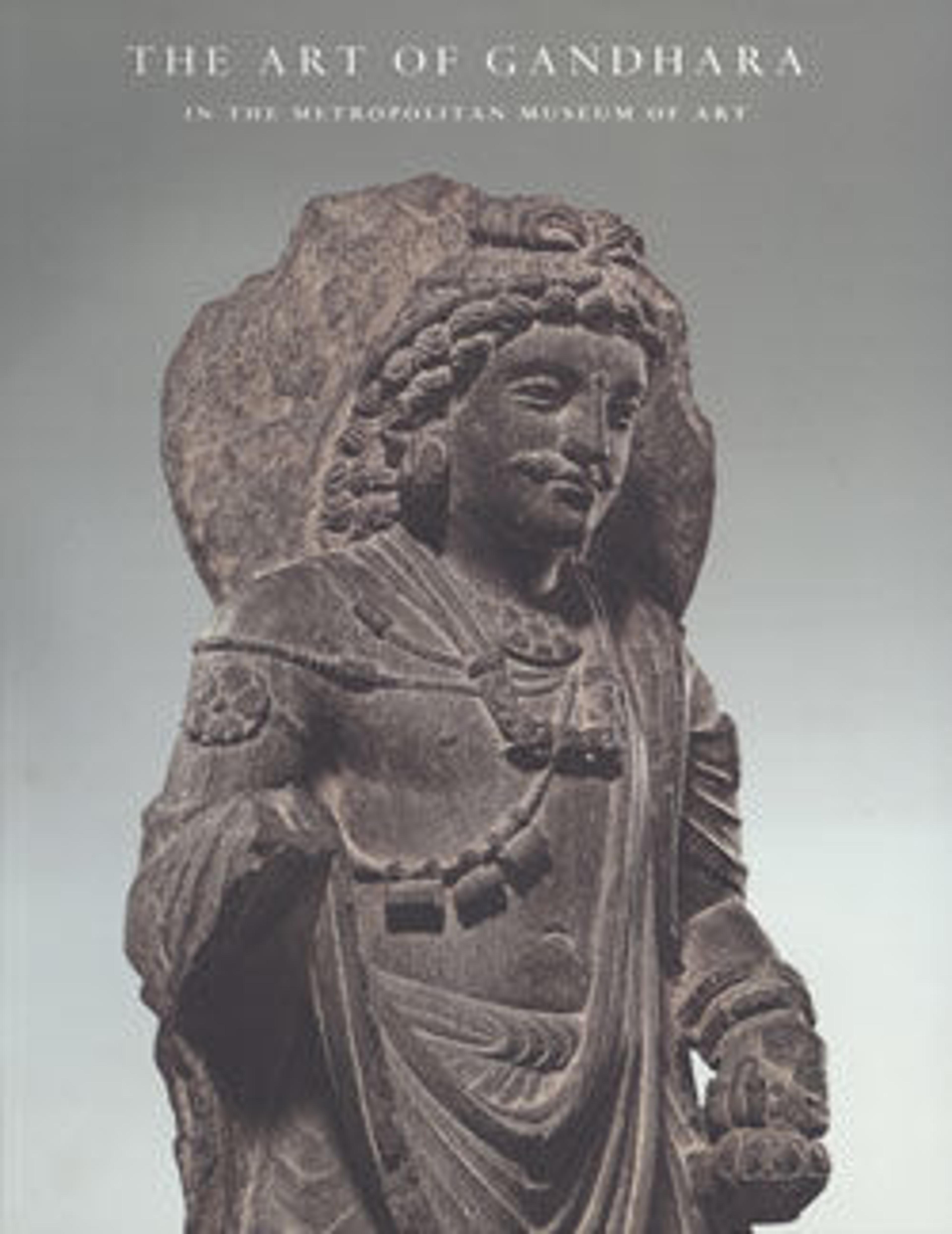Stair Riser with Marine Deities or Boatmen
This sculpture and the triangular side relief (13.96.19) are part of a set of twenty-one panels that embellished the stairway of a stupa, likely on the western end of the Swat Valley. The treatment of the anatomy of these athletic men is interesting in terms of both the naturalism and schematization of the musculature. The oars they carry and the acanthus leaves that appear to grow out of their bodies suggest that they are marine deities.
Artwork Details
- Title:Stair Riser with Marine Deities or Boatmen
- Date:ca. 1st century
- Culture:Pakistan (ancient region Gandhara (Swat Valley?)
- Medium:Serpentinite
- Dimensions:H. 6 5/8 in. (16.8 cm); W. 17 in. (43.2 cm)
- Classification:Sculpture
- Credit Line:Rogers Fund, 1913
- Object Number:13.96.21
- Curatorial Department: Asian Art
More Artwork
Research Resources
The Met provides unparalleled resources for research and welcomes an international community of students and scholars. The Met's Open Access API is where creators and researchers can connect to the The Met collection. Open Access data and public domain images are available for unrestricted commercial and noncommercial use without permission or fee.
To request images under copyright and other restrictions, please use this Image Request form.
Feedback
We continue to research and examine historical and cultural context for objects in The Met collection. If you have comments or questions about this object record, please contact us using the form below. The Museum looks forward to receiving your comments.
